Intermarket Trading Strategies
$28.98
| Author(s) | |
|---|---|
| Format |
|
| Pages |
429 |
| Publication Year |
2008 |
This book shows traders how to use Intermarket Analysis to forecast future equity, index and commodity price movements. It introduces custom indicators and Intermarket based systems using basic mathematical and statistical principles to help traders develop and design Intermarket trading systems appropriate for long term, intermediate, short term and day trading. The metastock code for all systems is included and the testing method is described thoroughly. All systems are back tested using at least 200 bars of historical data and compared using various profitability and drawdown metrics.
Introduction:
It has been more than 15 years since John Murphy, a pioneer on the subject, wrote his first book on intermarket analysis. The material in my book is based on original research not published anywhere else and, unlike Murphy’s intuitive chart-based approach, I am going to use mathematical and statistical principles to develop and design intermarket trading systems appropriate for long- and short-term and even day trading. Although the book makes extensive use of market statistics obtained from hundreds of correlation studies, the data and empirical findings are not its heart. They serve as a background in developing the trading systems presented in the second part of the book, as well as help shape our thinking about the way the financial markets work.
The key difference between Intermarket Trading Strategies and other books on trading lies in its philosophy. I believe that knowing how the markets work is, in the end, more important than relying on a “black box” mechanical system that produced profitable trades in the past but not even the creator of the system can fully explain why. The focus of this book is how intermarket analysis can be used to forecast future equity and index price movements by introducing custom indicators and intermarket-based systems. A total of 29 conventional and five neural network trading systems are provided to trade gold, the S&P ETF (SPY), S&P e-mini futures, DAX and FTSE futures, gold and oil stocks, commodities, sector and international ETF, and finally the yen and the euro.
Naturally, past results are no guarantee of future performance. Even so, the results of out-of-sample back-testing are compelling enough to merit attention. Some results are more compelling. The multiple regression gold system, presented in Chapter 11, returned an amazing $1.2 million of profits on a $100 000 initial equity. The stock index trading systems also produced impressive profits. The profitability of the Standard & Poor’s e-mini intraday system was neither standard nor poor, producing a 300 % profit during the test duration. Investors who prefer to trade only stocks will find intermarket systems for trading oil and gold stocks in Chapter 15. My favorite is the oil stock system which made more than $1.6 million on an initial equity of only $100 000.
The foreign exchange (or Forex) market, which until recently was dominated by large international banks, is gaining popularity among active traders, because of its superior liquidity and 24-hour trading. Readers who are interested in forex trading will find, in Chapter 17, an intermarket system for trading the yen which made over$70 000 on an initial $3000 account. The EUR/USD is the most popular currency pair among forex traders and the chapter on forex wouldn’t be complete without a system for trading the euro. The next section in Chapter 17 presents two systems: a conventional and a hybrid system. The latter is an excellent example of how you can enhance a classic system by adding intermarket conditions. The hybrid system improved considerably on the profitability of the traditional trend-following system, almost doubling the profit factor while reducing drawdown.
The system design is fully described from the initial concept to optimization and actual implementation. All systems are back-tested using out-of-sample data and the performance statistics are provided for each one. The MetaStock code for all systems is provided in Appendix A and a detailed procedure for recreating the artificial neural network systems in NeuroShell Trader is included in Appendix B. The benefits of diversification, and an example of static portfolio diversification by optimizing the portfolio allocation based on the desired risk and return characteristics, are discussed in the first chapter and a dynamic portfolio allocation method, based on market timing and relative strength, is included in Chapter 16.
The book is divided into two parts. Part I serves as a background to Part II and includes an overview of the basics of intermarket analysis, correlation analysis in Chapter 2 and custom intermarket indicators in Chapter 9. Part II uses many of the concepts presented in Part I to develop custom trading systems to trade popular markets like US and European stock index futures, forex and commodities.
Contents:
- Intermarket Analysis
- Correlation
- Regression
- International Indices and Commodities
- The S&P 500
- European Indices
- Gold
- Intraday Correlations
- Intermarket Indicators
- Trading System Design
- A Comparison of Fourteen Technical Systems for Trading Gold
- Trading the S&P 500 ETF and the e-mini
- Trading DAX Futures
- A Comparison of a Neural Network and a Conventional System for Trading FTSE Futures
- The Use of Intermarket Systems in Trading Stocks
- A Relative Strength Asset Allocation Trading System
- Forex Trading Using Intermarket Analysis
Intermarket Trading Strategies By Markos Katsanos pdf
7 reviews for Intermarket Trading Strategies
Clear filtersOnly logged in customers who have purchased this product may leave a review.

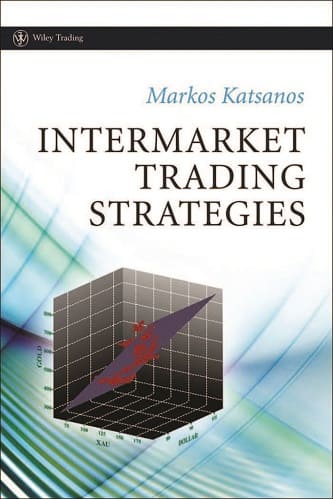

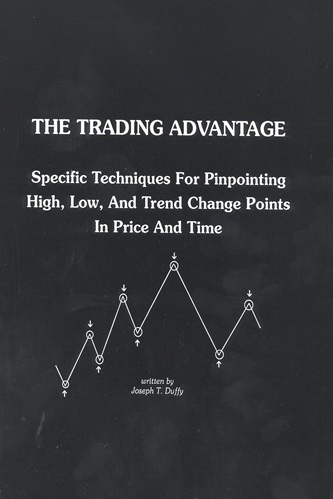
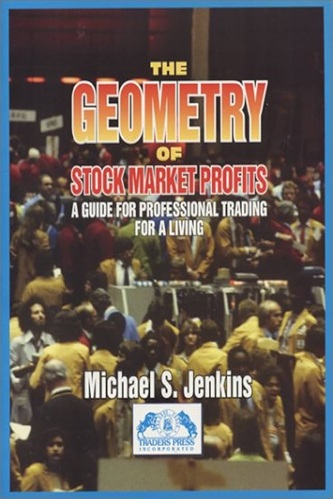
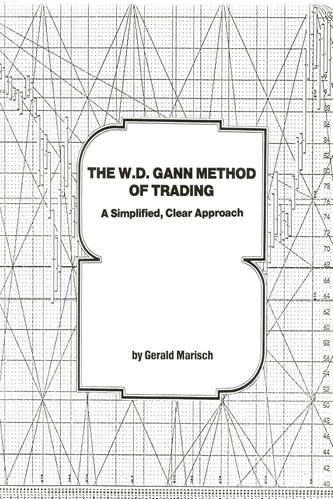
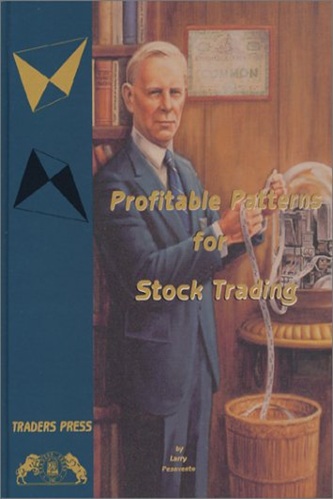
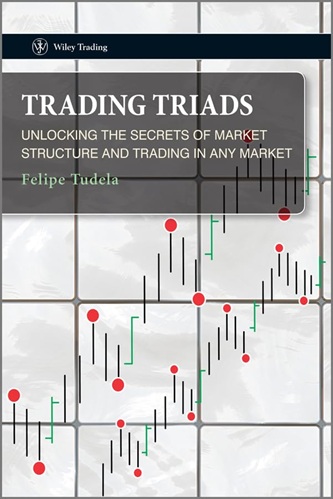
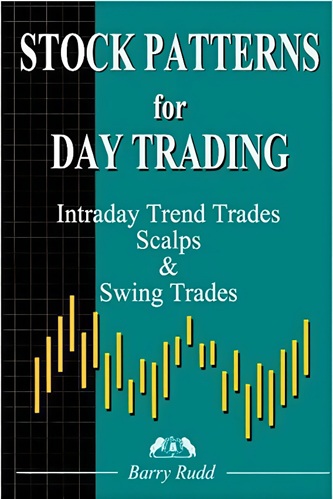
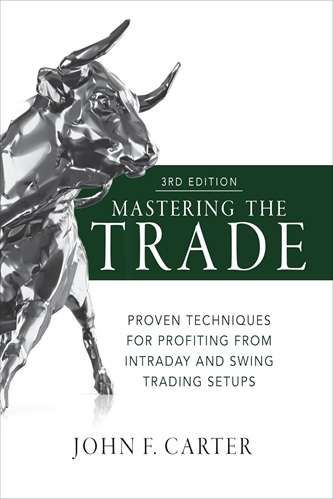
Landry Harrell (verified owner) –
good book
Gregory Estes (verified owner) –
This book is a must read for every serious trader. It is an original work and a very serious method to clarify intermarket relationships, especially in volatile markts, like these, where even seasoned traders start to doubt their abilities to navigate through them. What I like about it, is it’s scientific approach, using vast amounts of data to prove it. A very helpful introduction makes it easier to follow the rest of the book. Excellent work.
Graham Weiss (verified owner) –
This book is made for professional traders or for new traders who aspire to become very serious about trading. I tried some of the strategies explained in the book with excellent results and I am looking to replicate other great strategies on gold stocks etc. Certainly this book requires you to make the effort of analyzing results, applying strategies to intermarket securities and leaving it to you to decide which strategy is the most suitable to your trading style and risk profile too, but at the end it is time and money really well spent as the rewards are there. Katsanos style is straightforward and unlike many theoretical books this one is made for people who intend to operate in the market and stay in the market for a long time. By far the best book I have read in a long time. I hope the author will come back again in the future with a new book on Neural strategies, that seem to be in line with our times and with actual technology.
Kason Nash (verified owner) –
Markets are interconnected. Typically, what is good for stocks is bad for bonds. What is bad for U.S. equities is rarely ever good for German stocks. Usually what is good for gold is bad for the dollar. Understanding these relationships and how you can use them in your trading and investing is the essence of Mr Katsanos’ book.
The most important aspect of the book for me as a retail trader and investor: Traditional technical analysis is severely limited to security price and volume relationships alone. Intermarket analysis adds a second dimension that is much more grounded in statistics and logic. Mr Katsonos does a great job in proving and demonstrating this point with detailed analysis and extensive test cases.
Basic knowledge of statistical analysis helps, but the author methodically walks through commodity – currency – stock – bond correlation analyses and the derivation of new trading indicators. And then he demonstrates their use in multiple well documented test cases.
The author offers a pragmatic, practical approach that can be readily implemented by retail traders. Reading the book is time well spent.
Kaiya Christensen (verified owner) –
I came across Intermarket Trading Strategies by Markos Katsanos book while studying for my CMT exams. The Market Technician Association (MTA) added recently 9 Chapters from this book in the 2016 level 2 and level 3 CMT curriculum and associated textbooks. I bought the book mainly because of the MTA endorsement and I expected a dry reference book but instead found an engaging read and useful for every day trading as well.
In the second part of the book (not included in the CMT textbooks) the author uses the theoretical concepts and custom indicators derived in the first Part to develop intermarket trading strategies. In fact only recently (1/21/16) I got a buy signal from the Intermarket Gold strategy which proved to be an extremely profitable trade.
Byron Nash (verified owner) –
Whilst seeking better technical indicators through Google searching, I stumbled onto this wonderful book bny Markos Katsanos. This is a must read for all serious minded traders, who know in there hearts that most of the trading techniques we run into are poor to bad in serving traders with timely entry and exit points.
It was this realisation AND a manual entering for three months of hourly indices from Sydney, where I live and following the sun around the globe. It became apprent that there was a pattern – but my difficulty was, quite what was this that I am seeing?
It was this question that set me off on my quest, to find what the inter-relationships were, should they be true?
I pondered, why if Europe falls by 1% and the US indices do the same by say .8%, then Australia must fall as well. If that is so which shares in the index are hit to provide the moevement. Informal discussion with a few people I had met suggested most said that ‘how it is’…I could not accept that generalisation, my MBA studies had taught me that there is an order in all things business and I believed that the markets were manipulated to send signals trapping the unaware 95% of the volume of traders.
If you are a trader also aware that all is now what it seems and that you do not wish to inhabit the world of the 95% of unaware traders, then this book is the point of SALVATION.
Salvation in that a clear, concise explanation of statistical techniques can explain these inter-relationships and the associated indices are explanined in their importance in there use to find proofs for the trading precepts. All trading ideas are rigorously tested with complete explanations.
I found the read taxing in its requirement to bridge a leap of faith – as it deals with no known or poorly covered trading ideas and precepts and requires an open, inquring mind to accept NEW ideas. 95% of traders are still using 1980, slide rule or slightly better scientific calculator methods. These are at best simplistic and most are oriented to averages that are intellectually dishonest in there capability and constant use through the ‘industry’ selling them as panacea’s. Katsanos deals with these from his many published articles over time and this new work on Intermarket Trading.
Katsanos is ahead of his time which for me demonstrates a fine inquiring mind that also found using what everyone else holds as a truth, to be self evidently inaccurate – trading on a Simple Moving Average crossing over is at best a seriously lagged decision in terms of time and the transactions you CAN NOT SEE…they have happened and you will be well after the event. If this rings a bell, then prepare yourself for a substantial intellectual challenge.
Novah Rice (verified owner) –
Perfect for learning new investment strategies in the stock market.